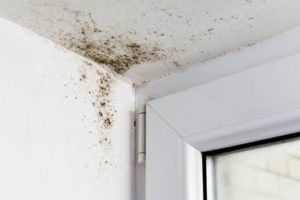How Do The Seasons Affect Mold Problems in New York?
Concerned clients often ask me how different times of the year have an effect on mold. I would like to briefly address this question in this article.

It is natural for mold to enter your home through your windows or on your person, and generally, the levels of mold brought or blown-in should not exceed those of what they are outside. Problems occur when there is moisture inside the house. That’s when mold begins growing higher inside than it does outside. And that’s what can make you ill. So how do the seasons relate to mold? Let’s take a look.
Summer
Summer, which includes late springtime is the heaviest time for mold growth. That is when the flowers start blooming, the grass starts growing and the trees start turning green with leaves. That’s when mold spores proliferate, and that’s when they begin entering your home.
Autumn
As the leaves begin turning brown and falling, winds usually pick up and the mold spores become an airborne threat heading toward your home. Since the purpose of mold is to break down organic entities like fallen leaves, this is a prime feeding time for mold to proliferate. It is only when the temperatures dive deeper down and humidity levels recede that the level of outside spores begins to drop. But since folks are also apt to be outside raking leaves, they are also in danger of bringing mold spores into their homes on their clothing and even hair, thus cross-contaminating their living space.

In winter, the mold spore levels outside are very low, in fact often zero. This if fine for the times you are outside, but it’s one of the most dangerous for when you’re indoors, and because it’s so cold outside, you will spend far more time indoors. Since the windows are closed, the spores will be trapped inside and no fresh, mold-free air will be circulating to dilute them. That’s when you are most likely to breathe them and have them cause health problems.
The other concern about winter is that since people are spending more time indoors, they are more likely to notice mold problems. They are more likely to venture into rooms they don’t ordinarily visit, such as the basement and the attic, which coincidently are the areas with the highest incidence of mold infestation.
Spring
First of all, April showers mean more water infiltration in houses through foundations, roofs, faulty windows and other things. Second, the rain causes the plants to begin to turn green and flowers to bloom, and included in this is fungi of which mold is a major part. Mold begins to grow and blow around and since people start opening the windows of their house for spring cleaning and to let “fresh” air in, they unwittingly allow mold spores to enter and, if there is enough moisture present inside the house, they will grow more and more and become a dangerous health hazard.

